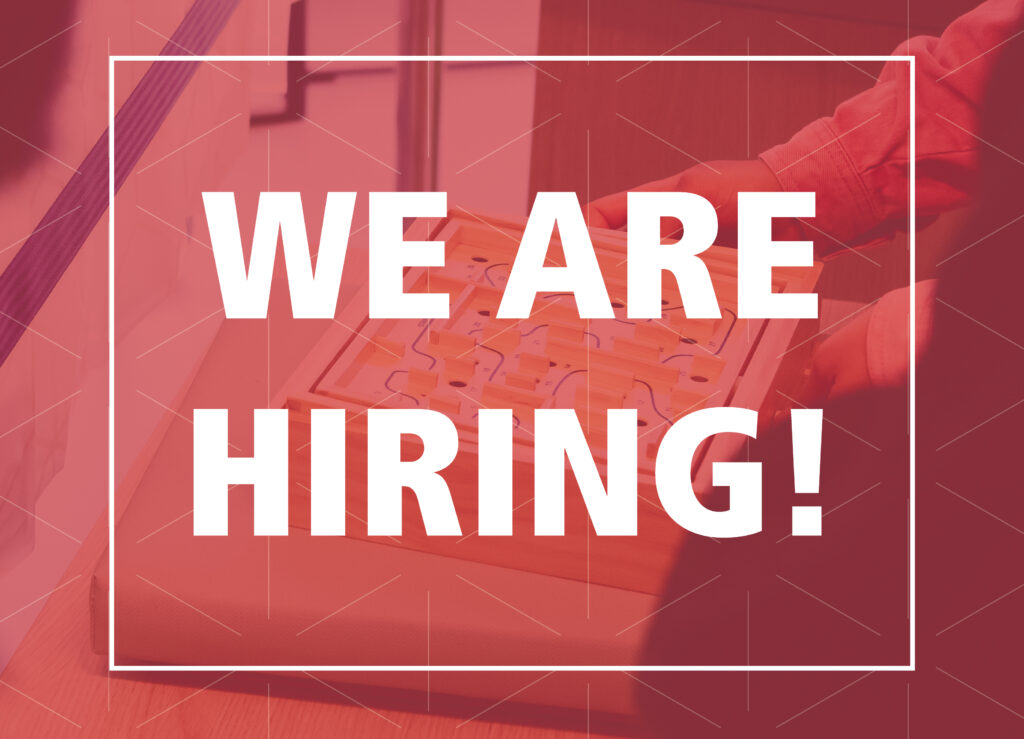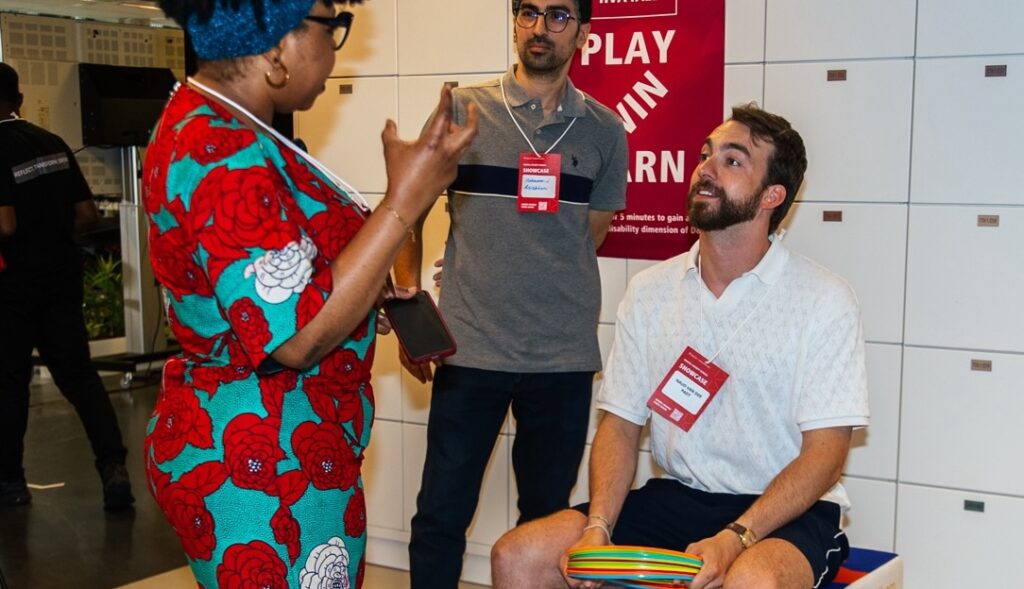Insight
Beyond swiping, typing and watching
At this moment we find ourselves in an unprecedented situation. The corona virus and the social distancing measures countries have taken, forces us to stay at home and (for a big part) move our lives from physical to digital contact. We meet our colleagues only via screen and even with family we have only contact via phone or screen. And even when we see them, we need to keep distance and are not allowed to hug.
It is a wonderful thing that thanks to internet technology we still can stay in contact with so many people. But is this contact rich enough? Does it substitute the contact we have face-to-face in time and space? Why do we get tired after hours of videoconferencing and how does this effect our eyes? Probably ‘something’ is missing.
Technology cannot only facilitate conversation over (big) distances, but also help us to keep distance from another. For example this Social Distance Tool which visualising the safe space around a person.
This human-to-human communication via a medium (videocall or chat for example) at all times or this ‘keep away’ type of software, I consider to be ‘normal’. And besides that the only interaction I have in these types of contact is via swiping, typing and watching. My body is way richer and has more than the three senses (touch, hear and sights) involved.
Call for new ‘normal’ in digital / physical world
How would we shape a new normal? How can we make human contact more rich and fulfilling? What aspects of our digital life do we want to keep? And what aspects do we want to get rid of? Which physical activities do we wish to do more and which can we live without? Together we can design a new normal of digital and physical.
You can design our new normal. Would you like to design and develop solutions for our society and human – technology interaction? Let’s explore beyond the swiping and design for all our senses. At Digital society we take human users and the human perspective into account and practice human centred design.



